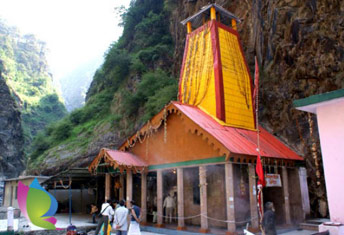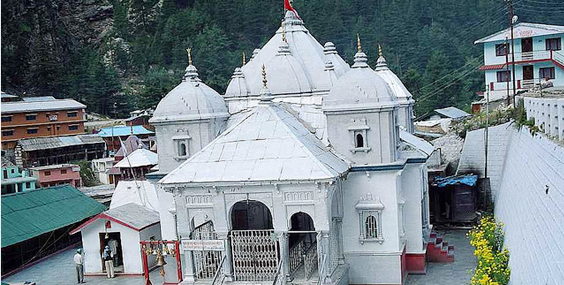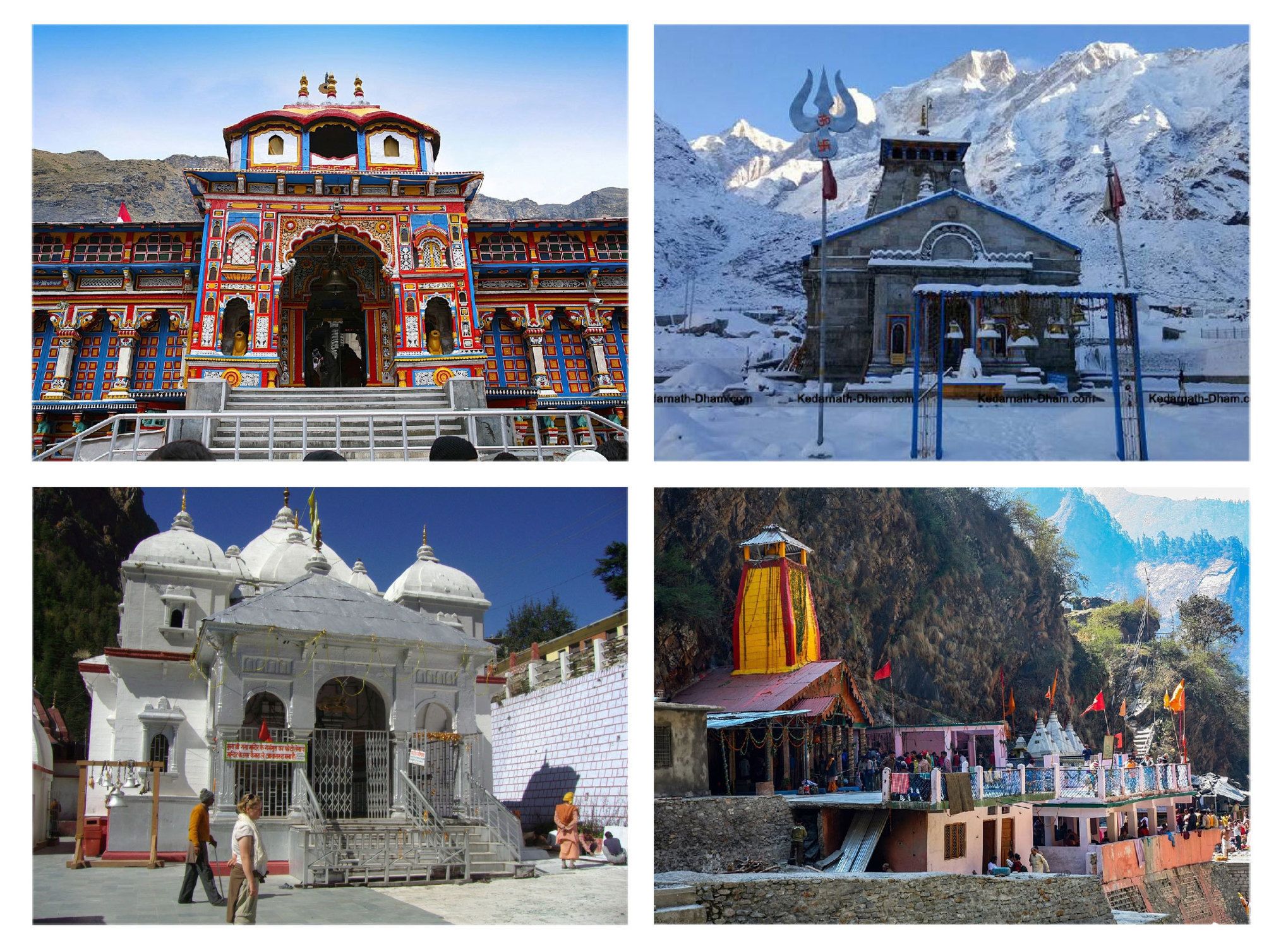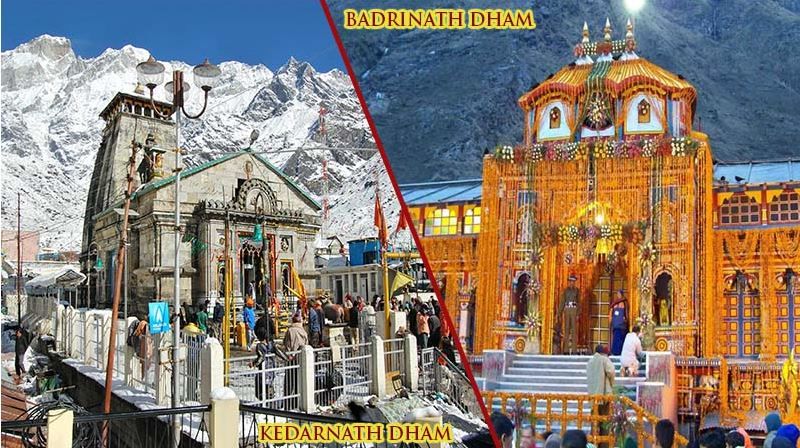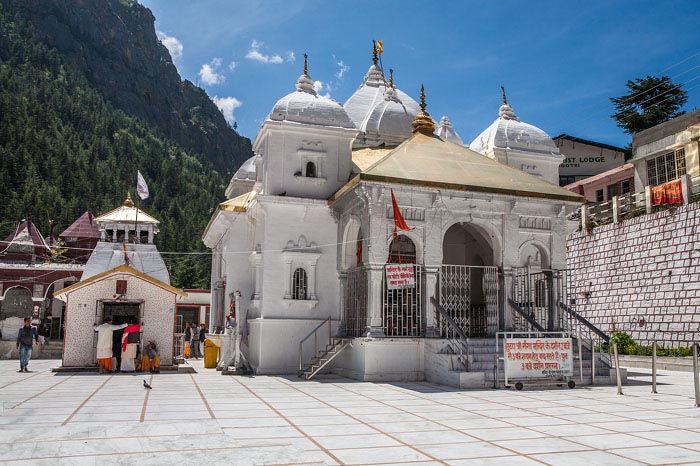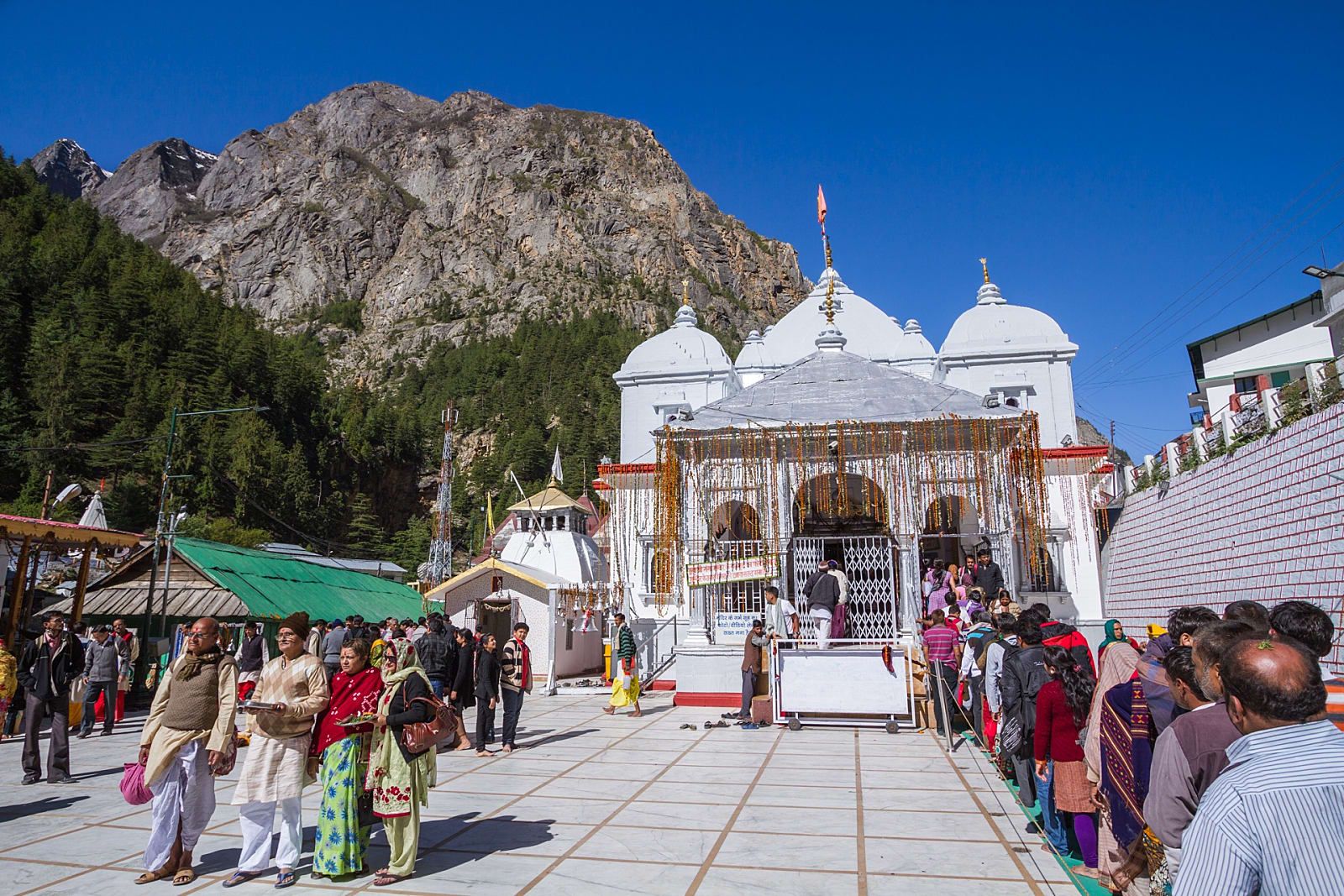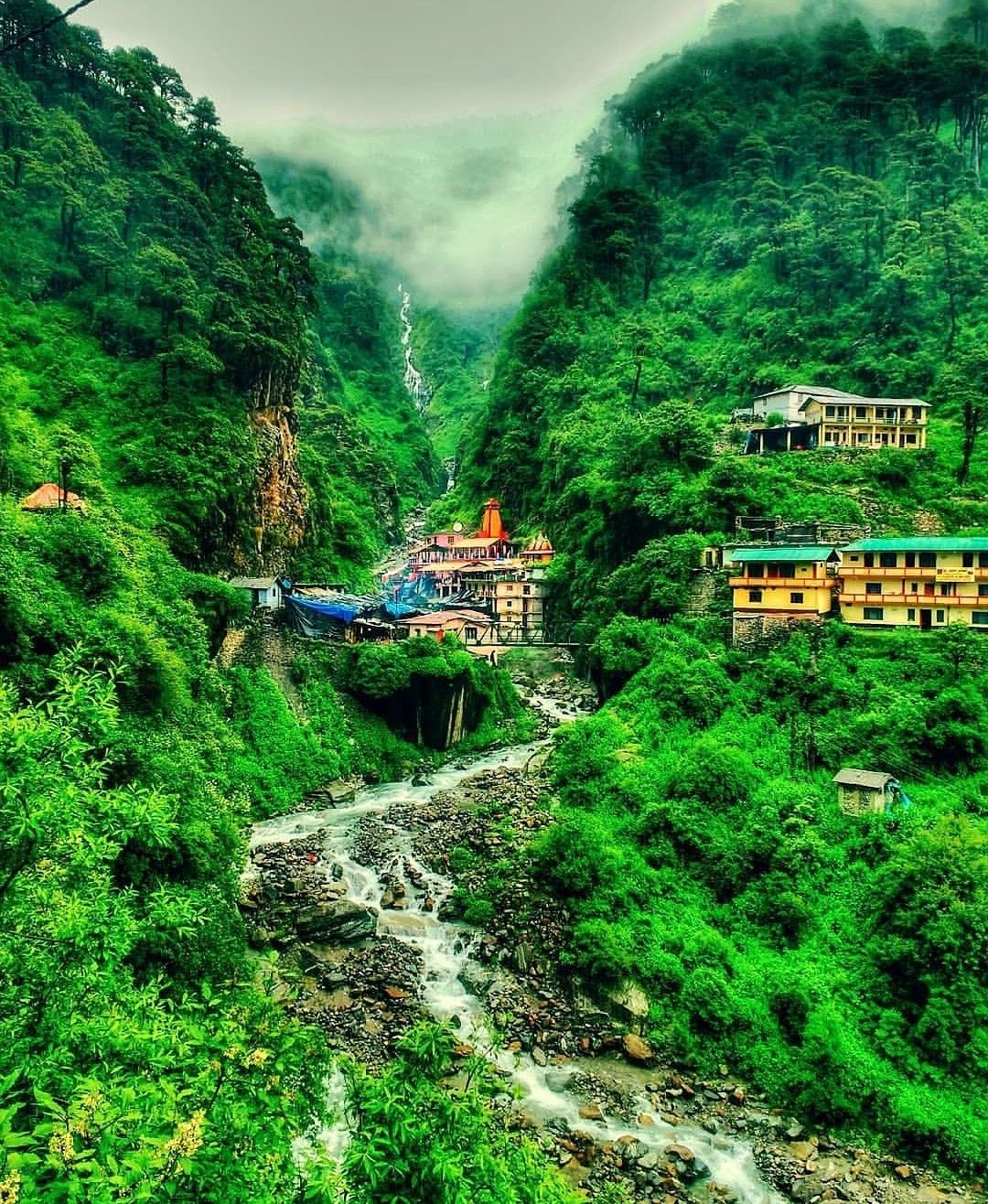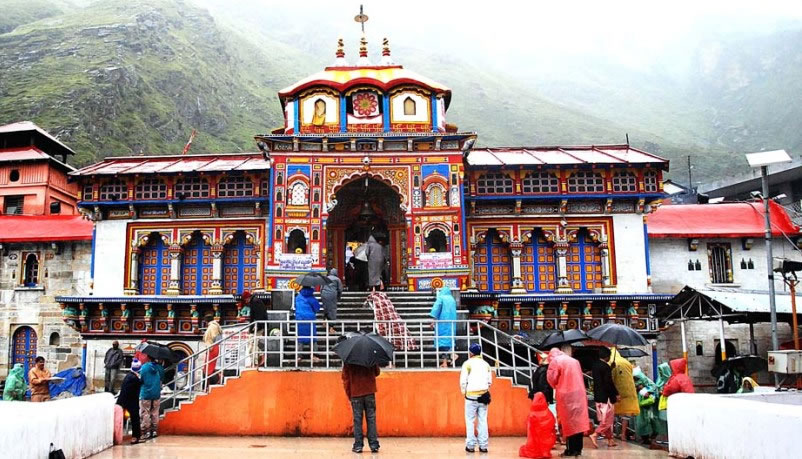
Badrinath Yatra from Haridwar
Badarinath Yatra has a hory past. It dates from the Vedic period. It common belief that some of the Vedic hymns and the major portions of the Upanishads were first sung in this land called Badarikashram.
ITINEARY DETAILS :
Day 1 : Haridwar – Badrinath (320kms/10hr)
Morning (06:00 AM) start your journey and transfer to Badrinath. Check in to the hotel arrival in Badrinath. Pilgrims after having a bath in the Taptkund have the Darshan of Badrivishal & Aarti in evening.The idol of Lord Badrinathji is made of black stone-Shaligram. The Lord is seated in Padamasan posture. The main religious places in and around Shri Badrinath Yatra : Tapt Kund : Natural thermal springs on the bank of the river Alaknanda, where it is customary to bathe before entering the Badrinath temple. Narad Kund : A recess in the river, near Tapt Kund, forming a pool from where the Badrinath idol was recovered. Brahama Kapal : A flat platform on the bank of river Alaknanda. Hindus perform proppitiating rites for their deceased ancestors. Sheshnetra : 1.5kms. away is a boulder having an impression of the legendary serpent, better known as the Sheshnag's eye. Charanpaduka : 3kms. away is a beautiful meadow where the footprint of Lord Vishnu is seen on a boulder. Mata Murty Temple : Devoted to the mother of Sri Badrinathji. Other important temples include Sesh Netra Temple, Urvashi Temple and Charanpaduka. Mana Village : Inhabited by an Indo-Mongolian tribe, it is the last Indian village before Tibet. Vasundhara : As the name suggests, vasundhara is a magnificent water fall. This place is 5 kms. from Badrinath out of which 2 kms. is motorable upto Mana. Bhim Pul : On the other side of Mana village, a massive rock forming a natural bridge, lies over the roaring Saraswati river. It presents a spectacular view of water thundering down through the narrow passage under the rock and is believed to have been placed there by Bhim, the second eldest among the five Pandava brother Vyas Gufa (cave) : Near Mana Village, this is a rock-cave where Ved Vyas is believed to have composed the Mahabharata and the pauranic commentaries.
Day 2 : Badrinath – Joshimath – Rudraprayag (160kms/7hr)
Morning after breakfast, driver for Rudraprayag via Joshimath. Visit on the way Narsingh Temple in Joshimath later drive back to Rudraprayag via Joshimath. Check into the hotel arrival in Rudraprayag. Overnight stay at Rudraprayag. Joshimath (Jyotirmath): Joshimath.is located at an elevation of 1890m bvove sea level & the confluence of the rivers Alaknanda and Dhauliganga. In 8th century Adhigurushankaracharyaperformed penance in a cave beneath the Kalpvriksha and after attaining enlightenment (Jyoti), established a math ( religious centre) Known as "Jyotirmath". The name joshimath is derived from it. There are many other temples in the township. The most important is the temple of Nir Singh with the idol of Lord Vishnu.King Lalitaditya Yukta Pida, Who ruled Kashmir in the 8th century AD built the temple of Narshing ji when the King was performing Digvijaya yatra. The statue of Narsinghji is carved out of a Shaligram and it is an exquisite work of art
Day 3 : Rudraprayag – Haridwar (165kms/5-6hr)
Morning after breakfast, drive for Haridwar via Rishikesh. Rishikesh on the right bank of the Ganga and surrounded three sides by Himalayan ranges at an elevation of 340 m above sea level.It is believed that god by the name of 'Hrishikesh' had appeared as an answer to the hard penance by Rabhiya Rishi and henceforth the place derived its name. Rishikesh Temples & Sight Seeing – Laxman Jhulla, Ram Jhulla. Drop at Haridw
